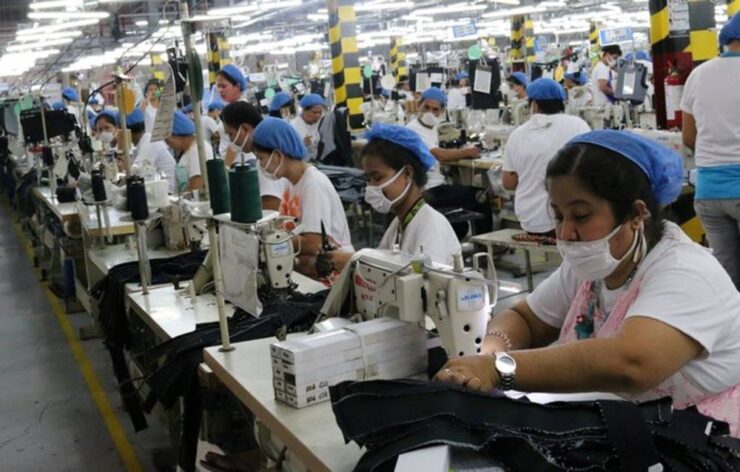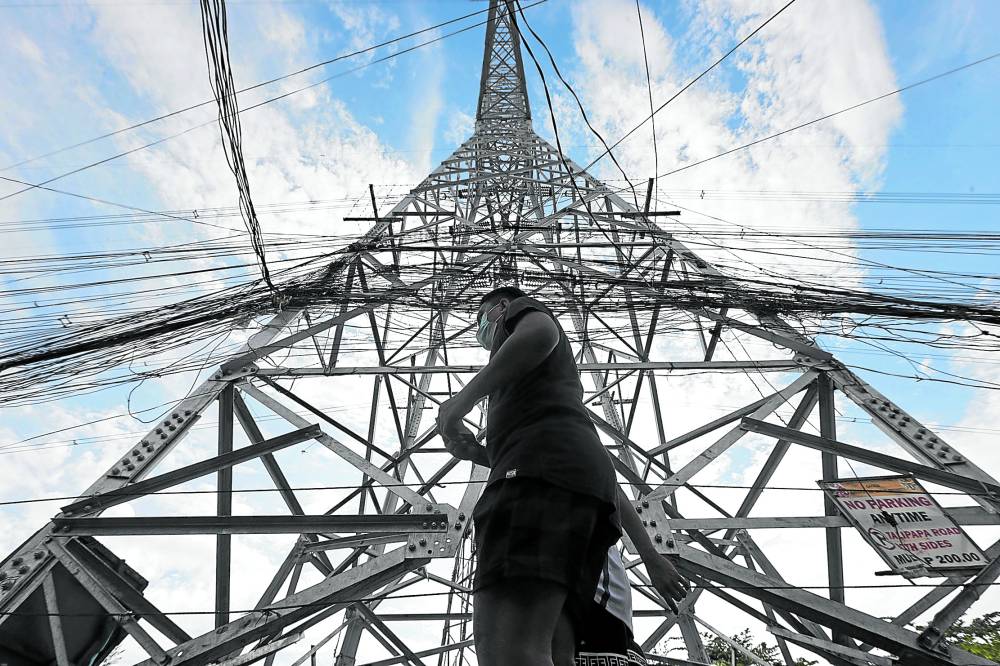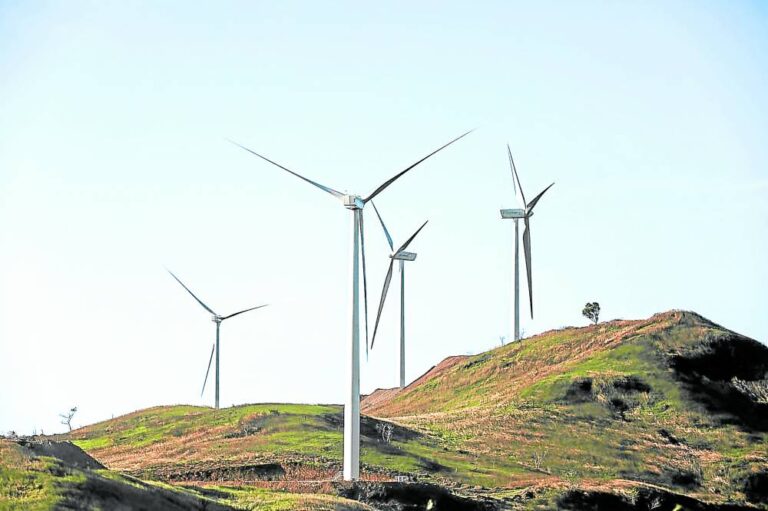Article 23 of the Universal Declaration enumerates the right to work, to free choice of employment, to just and favorable conditions of work, and to protection against unemployment. It also includes the right to equal pay for equal work; the right to the enjoyment of just and favorable conditions of work, like fair wages and a decent living for themselves and their families; and the right to form and join trade unions.
Article 20 also guarantees the right to freedom of peaceful assembly and association, and Article 24 states the right to rest, leisure, and reasonable limitation of working hours and holidays with pay.
ILO beginnings
According to the book “The International Labor Organization (ILO) and the quest for social justice, 1919-2009,” way before the 1948 adoption of the universal human rights framework, workers had already been organizing throughout the tail end of the 19th century, as social conflicts increasingly shifted to the workplace due to exploitation and economic inequality. As populations of workers flowed from agriculture to industry, they organized and demanded dialogue, opportunity, decent incomes, and dignity.
These movements were early to internationalize, as with the formation of the International Working Men’s Association in 1864, which brought together trade unionists and political activists to fight for the protection, advancement, and emancipation of the working classes, leading to what became known as the First International and the subsequent Second International in 1889.
The 1886 Haymarket Affair in Chicago, Illinois, also marked history for workers all over the world. Some 35,000 workers walked off their jobs, followed by tens of thousands more in the following days, to ignite a national movement for an eight-hour workday. The events inspired workers around the world to celebrate May 1 as the first international workers’ day.
These conditions, alongside rapid industrialization, wars, and revolutions—particularly after World War I from 1914 to 1918 and the Bolshevik revolution in Russia in 1917—prompted political leaders to pursue lasting change in politics, economy, and society, and to build international institutions that could engage all countries in a common effort.




